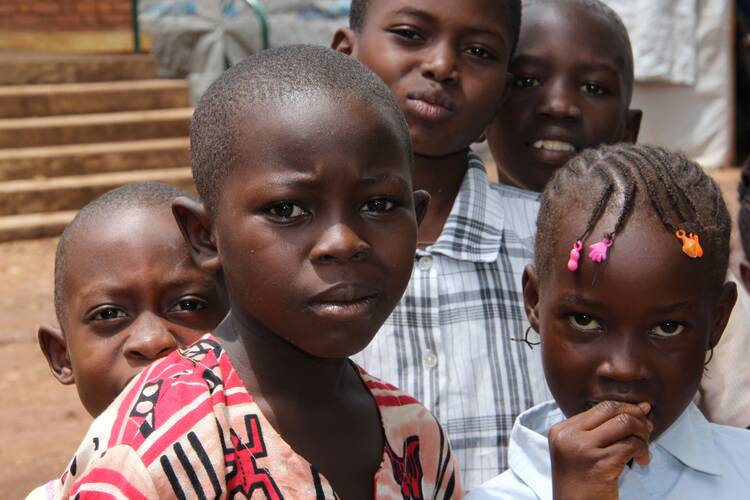The news out of the Central African Republic in recent days has been just awful. Yesterday widespread disorder broke out in the capital, Bangui, barricades were thrown up around Chrisitan and Muslim quarters and two protestors were killed by African Union peacekeepers.
The demonstrations began in outrage over a May 28 grenade and automatic weapon attack on a church compound full of defenseless people who had sheltered there—some since December—that left 17 dead and as many as 27 missing, perhaps kidnapped. That attack was in turn apparently inspired by the killing of three Muslim youths on Sunday.
The young men were seized on their way, sadly enough, to a soccer match between Christian and Muslim squads that had been organized in the hope of promoting reconciliation between the two communities. The three were allegedly killed by gangs loosely associated with the anti-balaka militia (though an official anti-balaka spokesperson condemned the attack), murdered and mutilated.
During my two weeks in C.A.R., program managers with Catholic Relief Services emphasized the high tension between the two communities and repeatedly warned that more needed to be done to prevent the two communities from becoming caught up in an accelerqating cycle of violence and recrimination that could devolve into widespread communal conflict. This week’s disorder and bloodletting further buttresses that perspective. The United Nations plans to send in peacekeepers in September, but I am not sure what peace there will be left there to keep.
For background on the crisis, see more here.
PHOTO: These kids, run out by the Seleka from their homes in December 2013, live at a pastoral center, Centre John XXIII, not unlike the one attacked on Wednesday.








